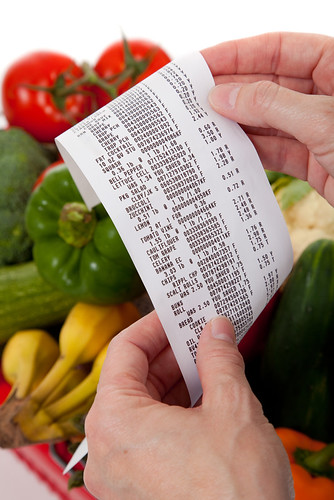
This post is part of the Science Tuesday feature series on the USDA blog. Check back each week as we showcase stories and news from the USDA’s rich science and research portfolio.
USDA’s annual survey on food security among American households showed, not unexpectedly, that the prevalence of food insecurity increased during the 2007-09 recession. In the post-recession period, the highest monthly unemployment rate dropped from 10 percent in 2009-10 to 8.3 percent in 2012. But the rosier employment picture was matched by very little improvement in the level of food insecurity – i.e., households’ lack of consistent access to adequate food for active, healthy lives. The national prevalence of food security was 14.5 percent in 2012, essentially the same as in 2009 and 2010. What could be the explanation?
My Economic Research Service (ERS) colleagues and I set out to examine the relationship between national economic conditions and the level of food insecurity. Specifically, we examined the role played not only by the unemployment rate, but also by general inflation and by change in the price of food relative to other goods and services.
We found that these three economic measures together account for 92 percent of the year-to-year variation in food security from 2001 to 2012. From the early post-recession period (2009-10) to 2012, inflation increased almost one and a half percentage points. The price of food relative to the price of all goods and services was two-thirds of a percentage point higher in 2012 than in 2009-10. Higher general inflation, combined with higher relative food prices, offset any gain in food security from lower unemployment in 2012. With many living expenses rising, families had less money to spend on food, and higher food prices meant food budgets didn’t stretch as far. During the first week of September, ERS will release 2013 food security estimates, which will indicate whether or not the 2012 trend continued in 2013.
The association of food insecurity with unemployment, inflation, and the relative price of food are explored in our recent ERS report. Understanding these relationships may aid in developing more effective policies and programs to support the food security of our Nation’s households.
